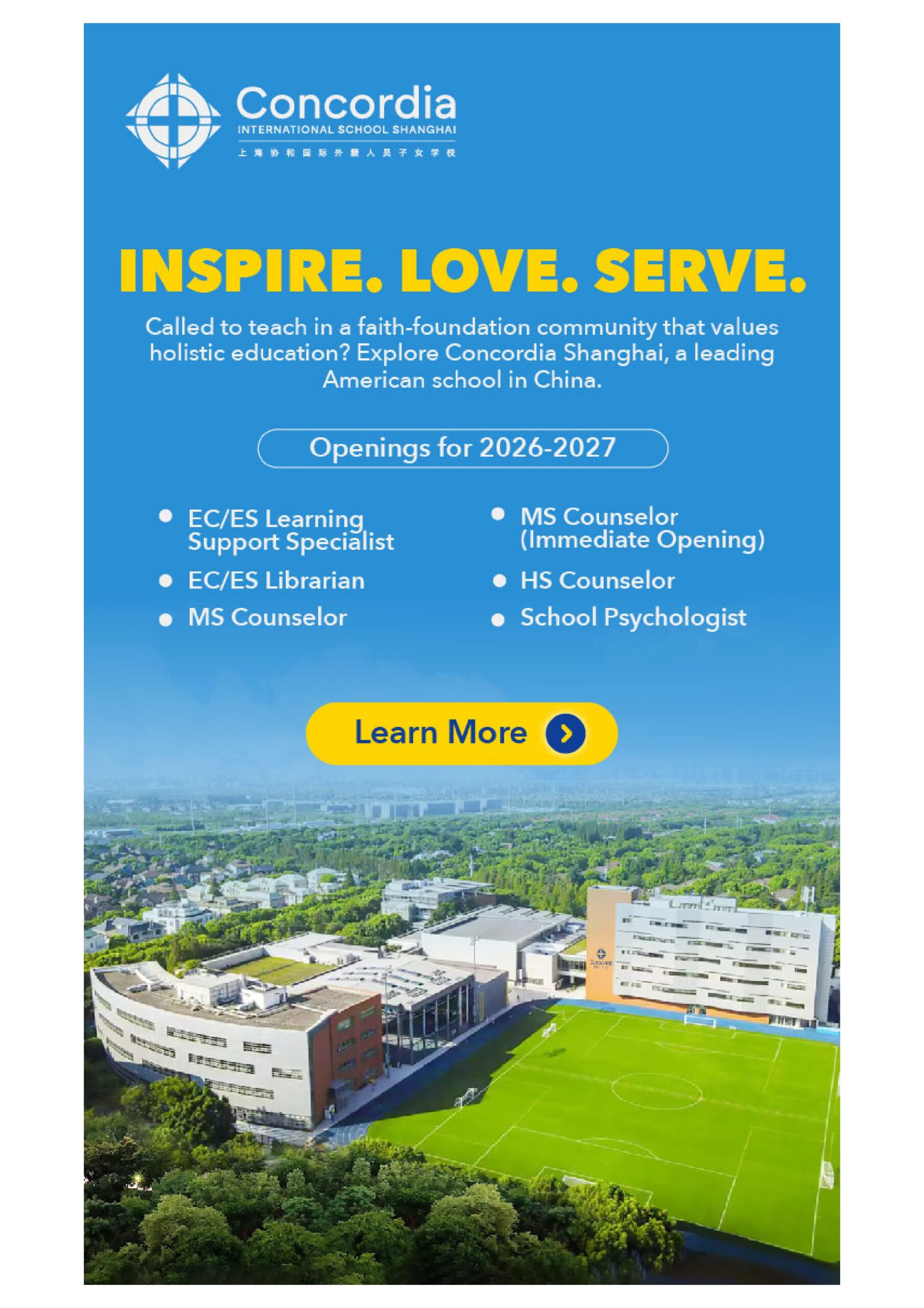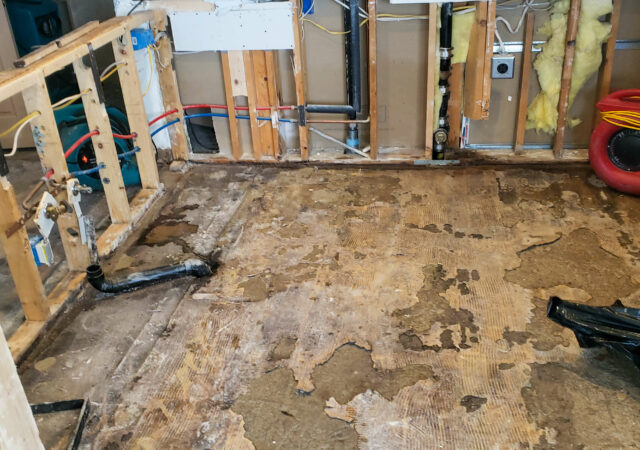
By Megan K. Mertz
Some 225 congregations of The Lutheran Church—Missouri Synod (LCMS) will soon purchase new technology, software or training thanks to the LCMS Office of National Mission’s (ONM) Esther 4:14 National Grant Program.
The grant program was launched in February in response to the restrictions placed on gatherings during the coronavirus pandemic.
“There are some areas that are still experiencing restrictions on gathering,” said Deaconess Maryann Hayter, manager of grants administration for the LCMS. “But the real purpose of the grant program was to build that capacity for the future to be able to smoothly transition and continue to proclaim the Gospel if something like this ever happens again.”
The original plan was to award approximately 100 grants with the $100,000 that had been set aside for this purpose. But grant applications came flooding in, and by the time the deadline was reached, nearly 450 had been submitted — “easily 10 times more than we’ve ever gotten at one time,” Hayter said.
There was no way the allotted $100,000 was going to cover even a fraction of the many worthwhile applications, so Synod leadership worked together to identify more funds that could go toward this program from other areas. In total, they were able to award nearly $250,000.
“The overwhelming majority of the requests demonstrated real need,” said the Rev. Robert Zagore, ONM executive director. “I brought the problem to President Harrison and Chief Mission Officer Robson, and they were eager to help us more than double the available grant funds. We still needed to say no to many requests. But because of great churchmanship and teamwork, we said yes to an additional 125 congregations.”
The most commonly awarded amount was $1,150, and many of the grants will be used to purchase things like sanctuary cameras, microphones, audiovisual switches and computers for video processing. Hayter noted that one particularly innovative grant recipient will use the funds to purchase inexpensive and easy-to-use Roku devices for shut-ins and nursing homes to enable them to access the church’s streaming channel on the TV.
The overall goal of the program was to help congregations “extend worship outside of their walls, whether that’s through streaming, parking lot services or something else,” Hayter said. Priority was given to congregations that demonstrated a true need for financial assistance, that were multiethnic ministries or mission plants, and that would build the recipient’s capacity to share the Gospel in a meaningful way.
“All of these congregations were in some way already doing things to meet the needs of the extreme situation of the pandemic, even if they had cobbled something together using the pastor’s cell phone,” Hayter said. “It was so encouraging that we could come alongside them and provide some technology to help make it easier for them to do.”
Posted June 16, 2021





We broadcast services from Zion LC-MS, Sioux Falls, SD way back in the late ’50s. Church on the radio was a pretty novel idea in the day. Our service was usually followed by Dr. Hoffman and “The Lutheran Hour”.